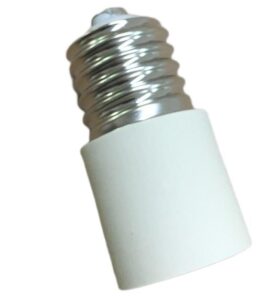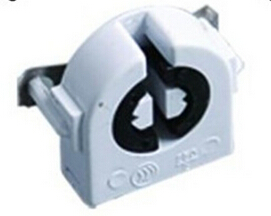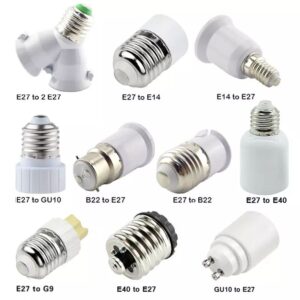Modern distance lighting began with the emergence of incandescent lamps. Distance lighting is following the development of the times, the progress of science and technology and the continuous progress of our living standards. From the fact that we only request lighting, we can find out the distance of the road, to help us recognize the distance is pedestrian or obstacle, and then help the drivers of motor vehicles and non motorized vehicles to distinguish the characteristics of pedestrians.
From the root of lighting purpose for drivers and pedestrians supply excellent visual conditions, guide them to travel forward traffic power, reduce traffic accidents at night and illegal, together to help pedestrians to see the surrounding environment, different direction. Along with the development of social economy and people’s living standards continue to advance, we outdoor recreation, shopping, watching and other activities continue to add to the lights at night, outstanding producers also play a rich life and economic prosperity and progress of the image of the city.
According to the concept of lighting, the distance can be divided into four major categories: car specific roads, general streets, commercial streets and sidewalks. Generally speaking, distance lighting refers to the special distance lighting for automobiles. For many purposes of distance lighting, the supply of safe and comfortable visual conditions for motor vehicle drivers is the first.
Street lamp manufacturers were the earliest street lamps, and then appeared high-pressure mercury lamp, high pressure sodium (HPS) lamp and metal halide lamp, high efficiency energy-saving lamp, electrodeless lamp and LED lamp, etc.. In today’s sophisticated CF street light, HPS lamp light effect is the highest, up to 100~120lm/w, in today’s China full distance lighting Mall (with a capacity of about 15 million, high pressure sodium lamp) occupies more than 60% market share. In some communities and villages, the lighting source is mainly electronic energy-saving lamps (CFL), accounting for about 20% of the distance lighting mall share.













